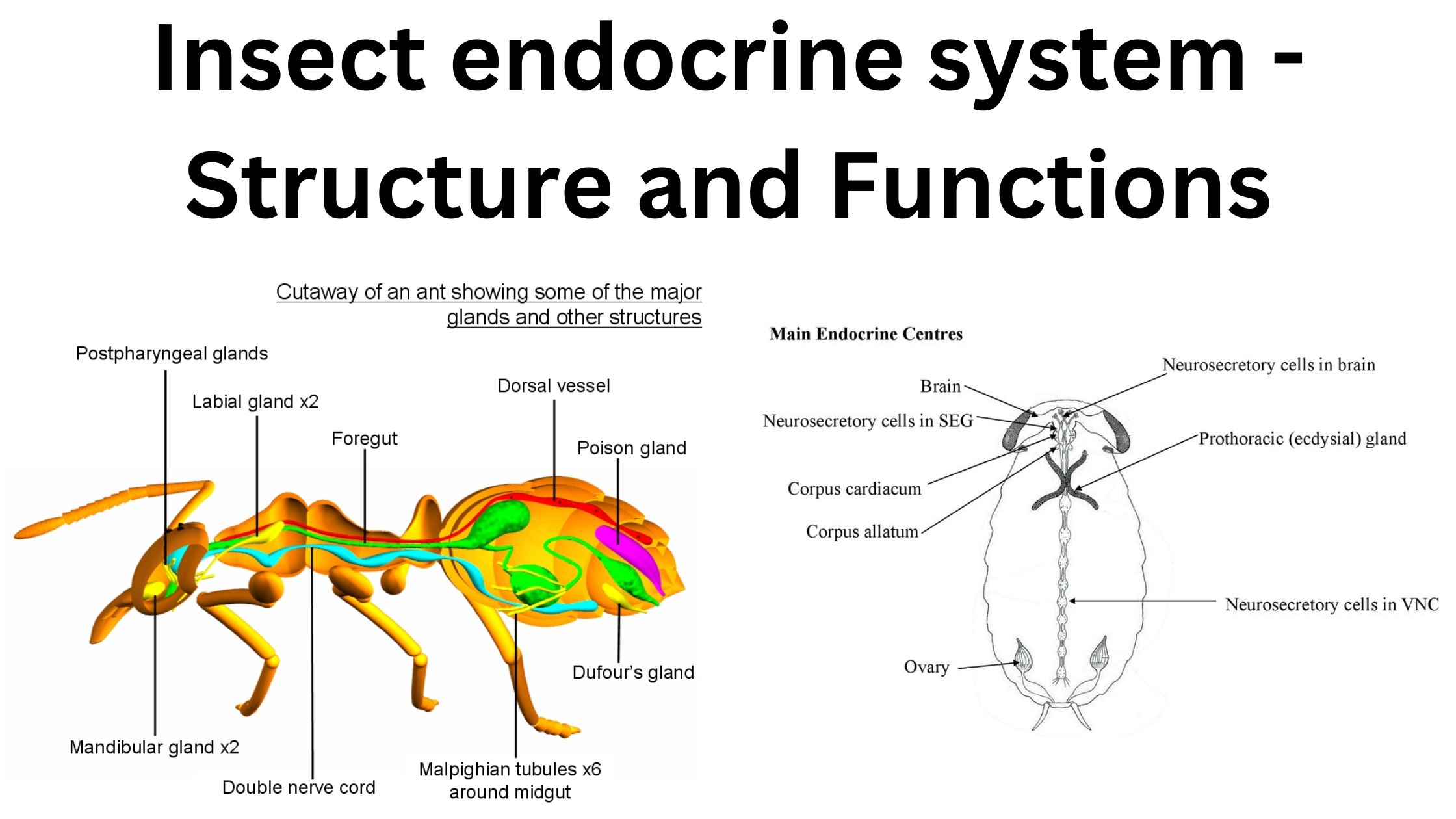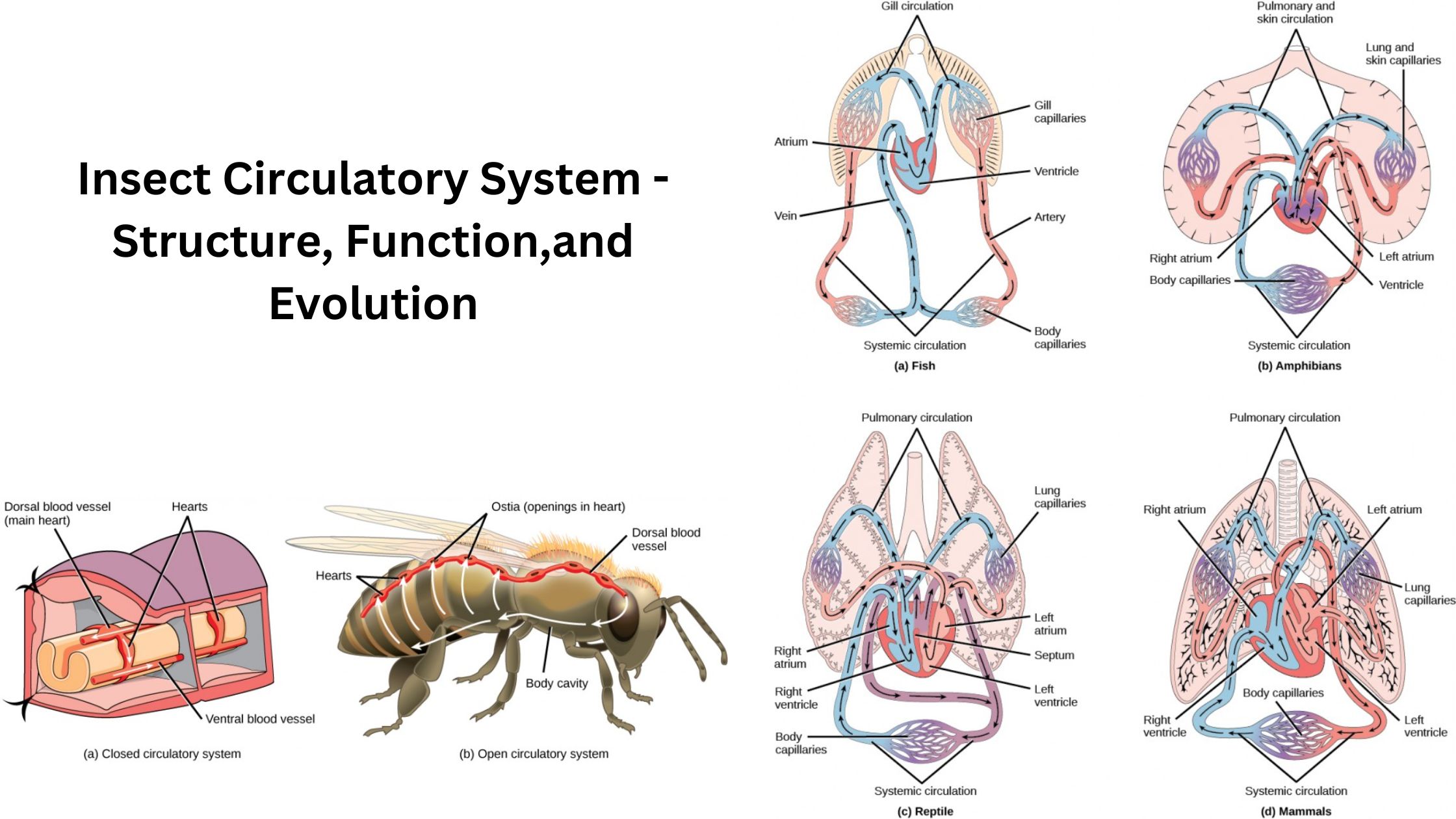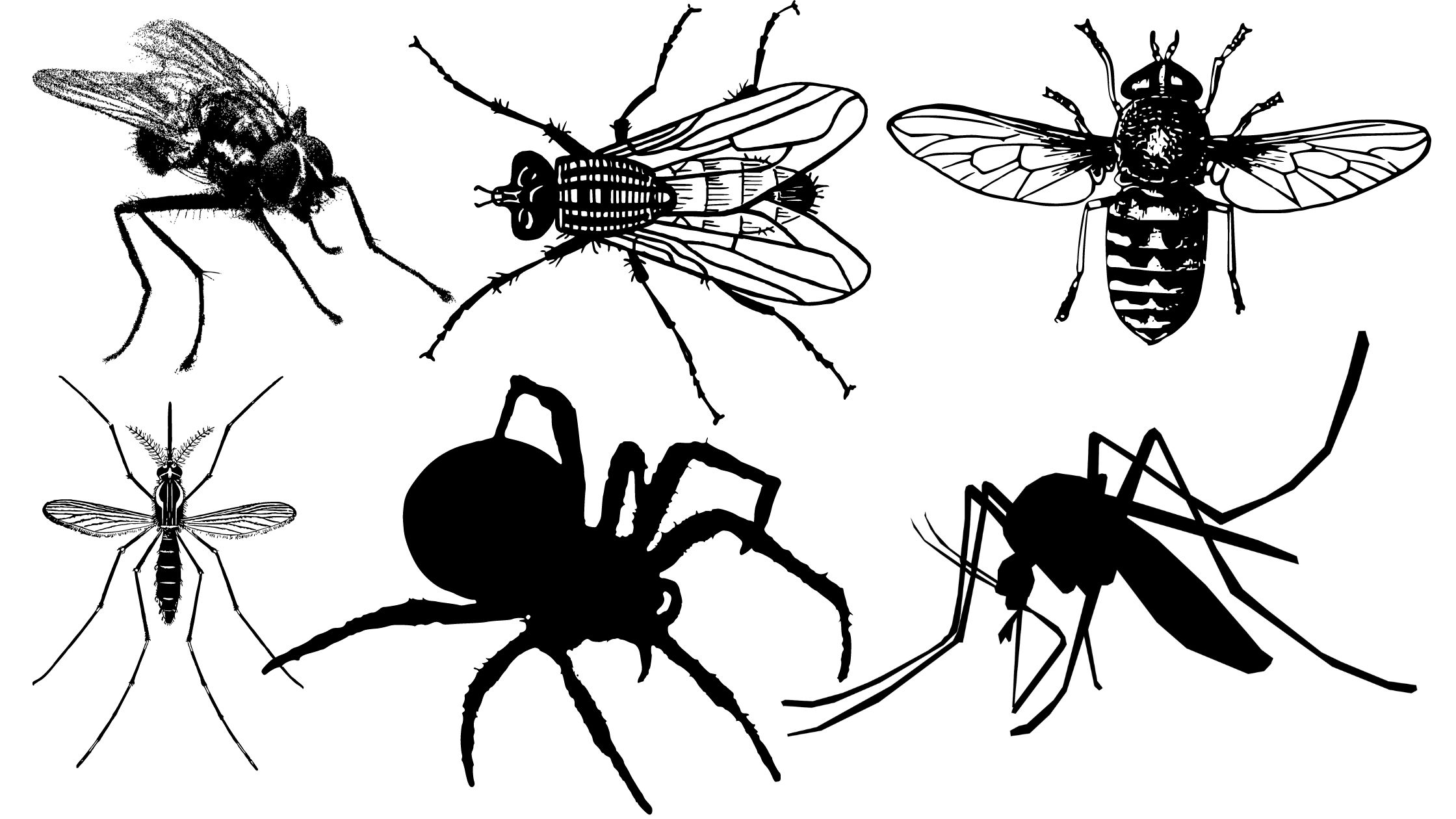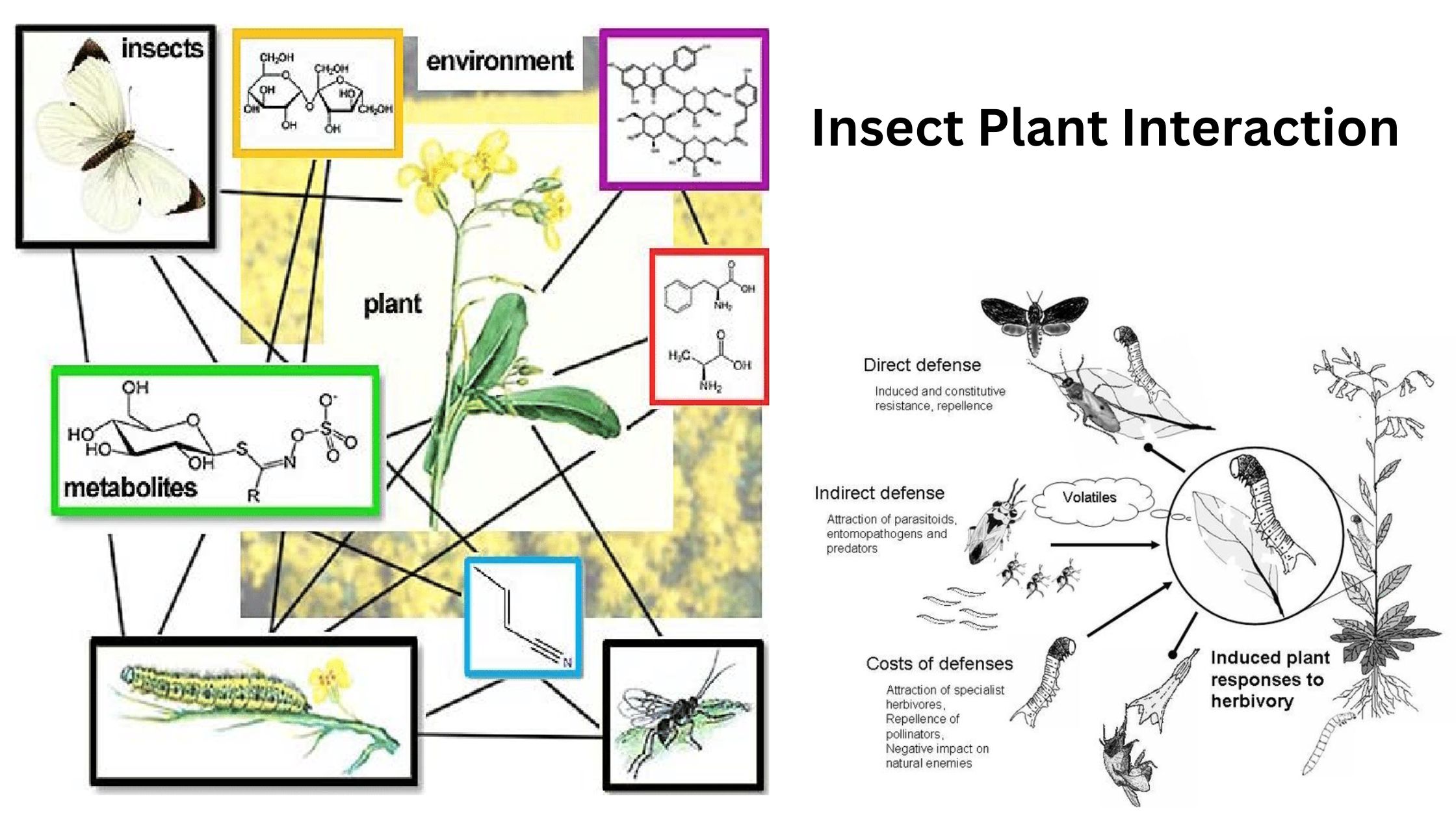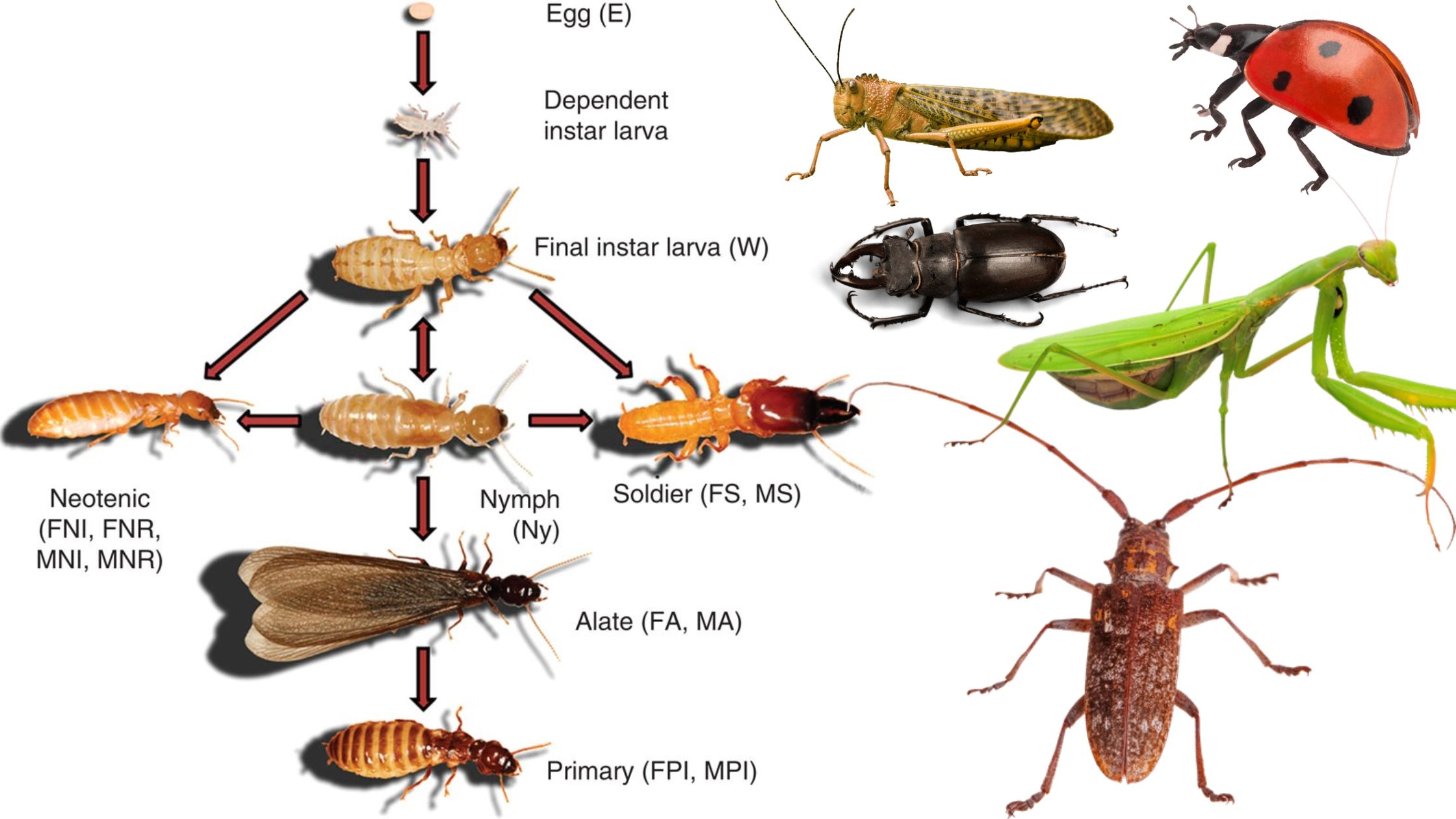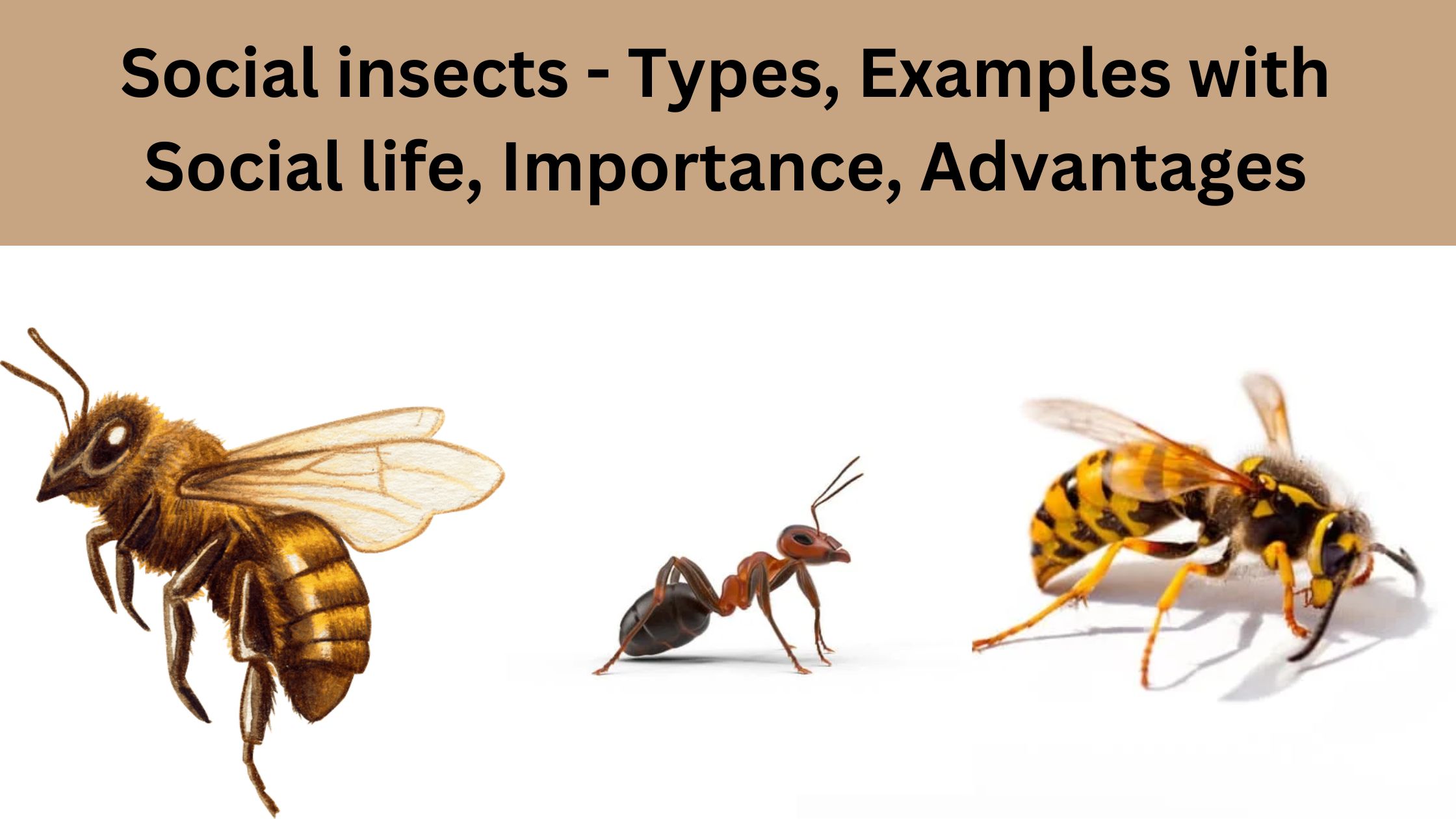Insect endocrine system – Structure and Functions
The insect endocrine system is a complex network of glands and neurosecretory cells that regulates essential physiological processes, including growth, molting, metamorphosis, and reproduction. It operates primarily through the release of hormones such as ecdysone and juvenile hormone. Ecdysone, produced by the prothoracic glands, controls the molting process, enabling the insect to shed its exoskeleton … Read more
